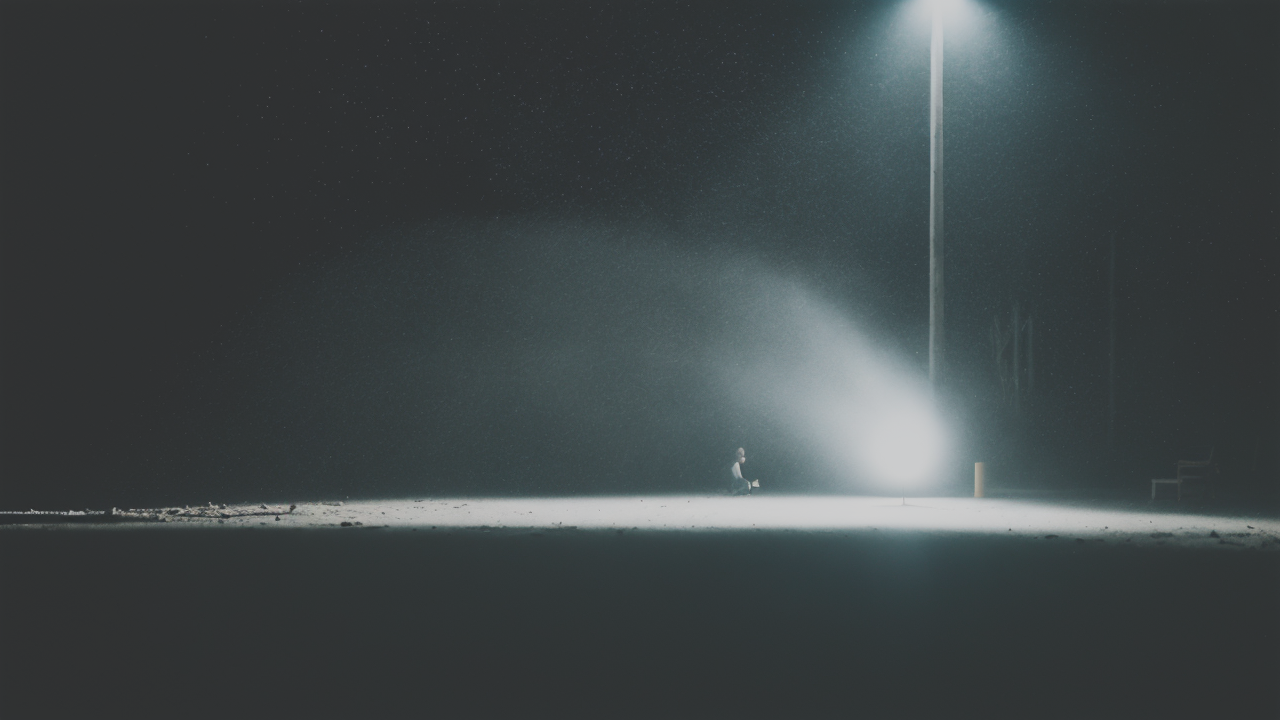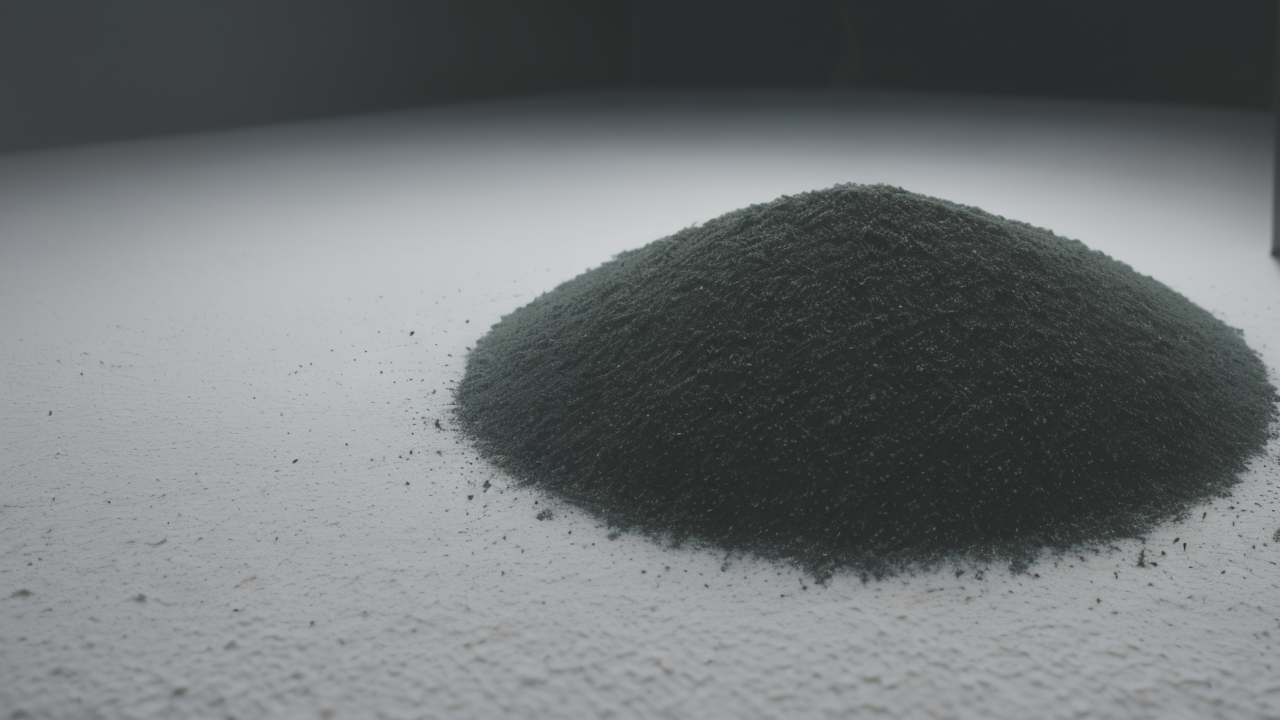
Mastering Oil Painting Textures: Expert Techniques for Abstract Shape Art
Introduction to Oil Painting Techniques with Plaster
What is Oil Painting and How Does Plaster Enhance the Medium?
Oil painting is a classic art form that uses oil-based paints. It's known for its rich colors and depth. Plaster adds a new dimension to oil painting. It creates texture and relief on the canvas.

Plaster can be used as a base layer or mixed with paint. This combo allows artists to create 3D effects. The result is a piece that catches the eye and begs to be touched. Plaster's versatility opens up new ways to express ideas in oil painting.
Here's how plaster enhances oil painting:
- Adds physical texture to flat surfaces
- Creates a unique base for paint application
- Allows for sculpting within the painting
- Increases the visual interest of the artwork
Understanding the Role of Plaster in Creative Projects
Plaster is more than just a building material. In art, it's a tool for creativity. It can create smooth surfaces or rough textures. Artists use it to add depth and interest to their work. Plaster can be shaped, carved, and painted.
In creative projects, plaster serves many roles:
- It forms a base for other materials
- It can be used to create molds
- It allows for the creation of relief and texture
- It can be painted or left in its natural state
Plaster's versatility makes it valuable for artists. It bridges the gap between 2D and 3D art. This opens up new avenues for artistic expression and innovation in various mediums.
Step-by-Step Guide to Incorporating Plaster into Oil Painting
Preparing Your Canvas: The Importance of Texture
Texture is key in oil painting with plaster. A well-prepared canvas sets the stage for your artwork. Start with a clean, primed canvas. Apply a base layer of plaster using a palette knife or trowel. This creates the initial texture.

Consider these texture techniques:
- Swirls for a dynamic look
- Straight lines for a structured feel
- Random patterns for an organic appearance
- Smooth areas contrasting with rough patches
Let the base layer dry completely. This may take 24-48 hours. Once dry, sand lightly if desired. This step helps to refine the texture. The texture you create now will influence your final piece.
The Application Process: Techniques for a Flawless Finish
Applying oil paint over plaster requires patience and skill. Start with thin layers of paint. This allows the texture to show through. Use brushes, palette knives, or even your fingers to apply paint. Each tool will create a different effect.
Try these techniques:
- Dry brush for highlighting texture
- Glazing for depth and luminosity
- Impasto for bold, thick strokes
- Sgraffito to reveal underlying layers
Work in layers, allowing each to dry before adding the next. This builds depth and richness in your painting. Take time to observe how the paint interacts with the plaster texture. Experiment with different tools and techniques to find what works best.
Drying and Curing: Patience Pays Off
Drying and curing are crucial steps in oil painting with plaster. Oil paint dries slowly, which can be both good and challenging. It allows for longer working times but requires patience. Plaster, on the other hand, dries relatively quickly.
Follow these tips for best results:
- Allow each layer to dry before adding the next
- Keep your painting in a well-ventilated area
- Avoid direct sunlight or heat sources
- Use a fan to improve air circulation if needed
Full curing can take weeks or even months. During this time, the paint hardens and becomes more durable. Resist the urge to varnish or frame your work too soon. Patience during this phase ensures your artwork will last for years to come.
Advanced Tips and Tricks for Oil Painting with Plaster
Maintaining and Preserving Your Oil Painting Masterpieces
Proper care ensures your oil paintings with plaster last for generations. Keep your artwork away from direct sunlight and extreme temperatures. Dust regularly with a soft, dry brush. Avoid touching the surface with bare hands.

For cleaning:
- Use a soft, lint-free cloth
- Gently remove dust and debris
- Avoid water or cleaning solutions
- If needed, consult a professional for deep cleaning
If your painting needs restoration, seek expert help. They can safely clean and repair without damaging the delicate surface. With proper care, your oil and plaster masterpiece will remain beautiful for years to come.
Troubleshooting Common Challenges in Oil Painting with Plaster
Even experienced artists face challenges when working with oil and plaster. Here are some common issues and solutions:
- Cracking: This can occur if layers dry at different rates.
Solution: Apply thin, even layers and allow proper drying time.
- Bubbling: Air trapped in plaster can cause bubbles.
Solution: Mix plaster thoroughly and apply carefully.
- Poor adhesion: Paint may not stick to plaster.
Solution: Ensure plaster is fully dry before painting.
- Discoloration: Plaster can affect paint color.
Solution: Use a sealant between plaster and paint layers.
- Uneven texture: Plaster may dry unevenly.
Solution: Work in small sections and maintain consistent application pressure.
Remember, each challenge is a learning opportunity. Experiment and find what works best for your style and technique.
Innovations in Oil Painting: Combining Plaster with Modern Techniques
The art world is constantly evolving. Artists are finding new ways to combine traditional methods with modern techniques. Here are some innovative approaches to oil painting with plaster:
- Digital design: Use software to plan textures before applying plaster
- Mixed media: Incorporate other materials like fabric or metal with plaster
- 3D printing: Create precise plaster textures with technology
- Eco-friendly options: Explore sustainable plaster and paint alternatives
- Light integration: Embed LED lights within plaster layers for unique effects
- Photographic transfer: Apply images to plaster surfaces before painting
These innovations open up new possibilities for artistic expression. They allow artists to push boundaries and create unique, compelling works. As technology advances, so too will the ways we combine oil painting and plaster techniques.


